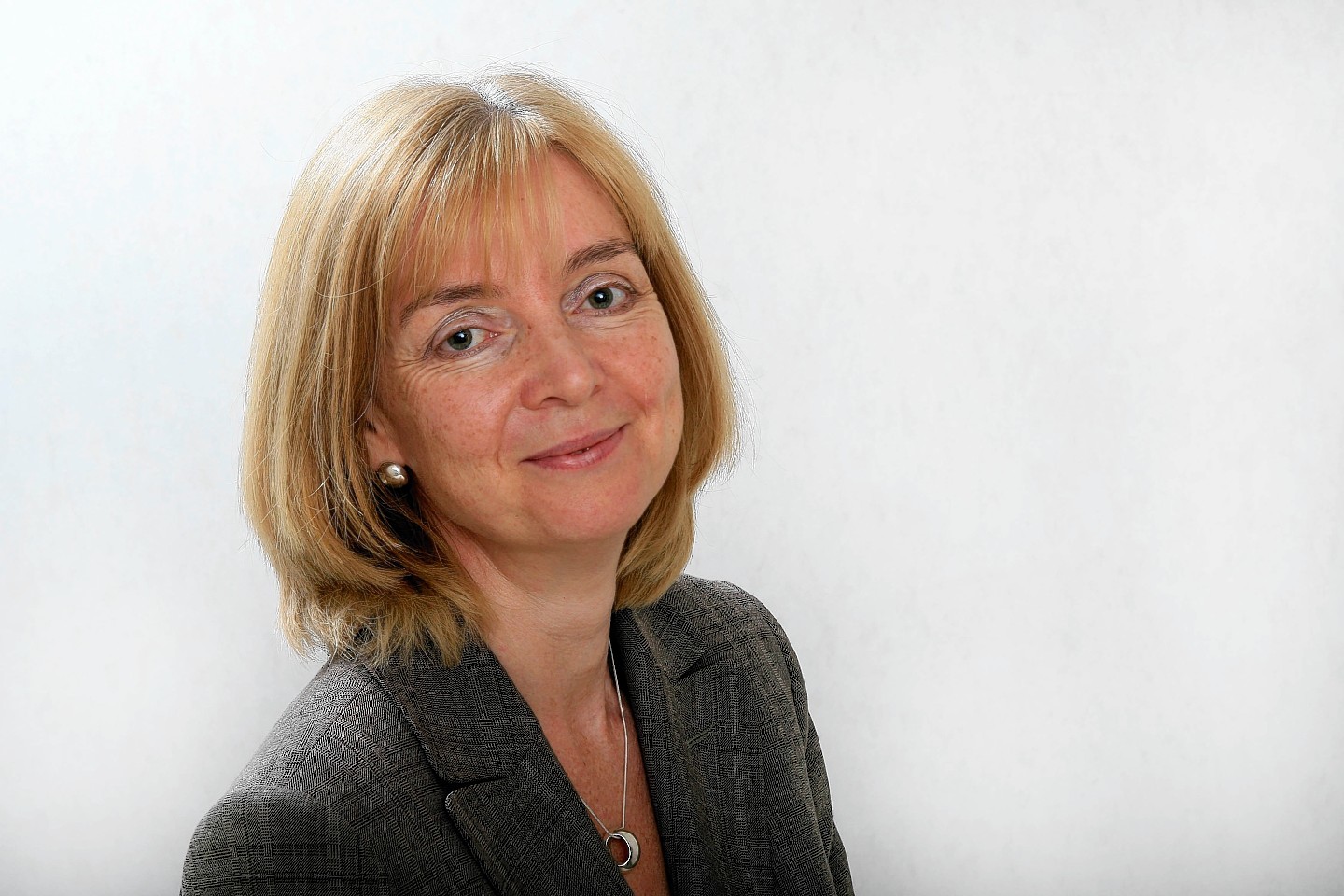Last month, the big day finally arrived. A moment millions of women worldwide had hoped would feature them in the leading role – as the bride of George Clooney.
News of the movie star’s union with human rights lawyer Amal Alamuddin made international headlines. Discarding the media interest, the event was one people worldwide could relate to.
Traditionally, a marriage ceremony is the celebration of people finding their life partner and love. Stale topics such as shares, assets and balance sheets tend not to make a guest appearance. But to consider matrimony and business as unrelated issues would be remiss, according to a leading north-east legal expert.
Marion McDonald, family law specialist at Aberdeen-based Ledingham Chalmers, said: “If a person has wealth before their marriage the question they need to ask themselves is whether to hold it, separately from their spouse, or share it. In the event of divorce, a pre-nuptial agreement would help clarify this but what about those who don’t have one?
“It can be relatively simple to inadvertently transfer personal or non-matrimonial property into the matrimonial pot. If the marriage ends, one party could stand to share much more than they desired with their soon-to-be ex-spouse.”
Recent Scottish Government figures (2012/2013) revealed the most likely time for a marriage to end is after five to nine years with more than a third (35%) of divorces occurring before the 10th anniversary.
In terms of age, husbands in Scotland are most commonly between 45 and 49-years-old when they divorce while wives fall into the younger bracket of 40 to 44-years-old.
These statistics also reflect when businessmen and women hit their prime. The majority of Scottish entrepreneurs are aged between 35 and 44-years-old and throughout the UK the second greatest concentration of entrepreneurship are those who are 55 to 64-years old, according to the 2013 research by the Global Entrepreneurship Monitor.
It might be that the potential for divorce could happen when a person is most active in the business world and therefore they should fully consider their distribution of assets.
Ms McDonald said: “An entrepreneur who has built up their own portfolio of shares, or a business, or other wealth, might see opportunities, after their marriage, to share that wealth with their spouse.
“These opportunities could include transferring shares in a family company. He or she may have heard that there might be certain advantages in them being able to do this during marriage such as tax breaks. They may see this as a sensible financial arrangement, spreading their wealth. Or they may simply see this as a romantic gesture indicating their commitment. But even just restructuring their business arrangements in their own name after marriage can have unexpected outcomes.
“Sharing everything in the rose tinted world of a marriage is one thing, but if you have built up assets before you marry and you want to hold on to them then you should think very carefully about transactions which change the legal status of those assets.
“Many problems, with some foresight, advice and planning may be perfectly capable of being avoided. There may be a different way of doing a transaction without the consequence of converting assets into matrimonial property.”
After saying “I do” you might want to consider those three magic words “please seek advice” before taking any significant financial decision.
